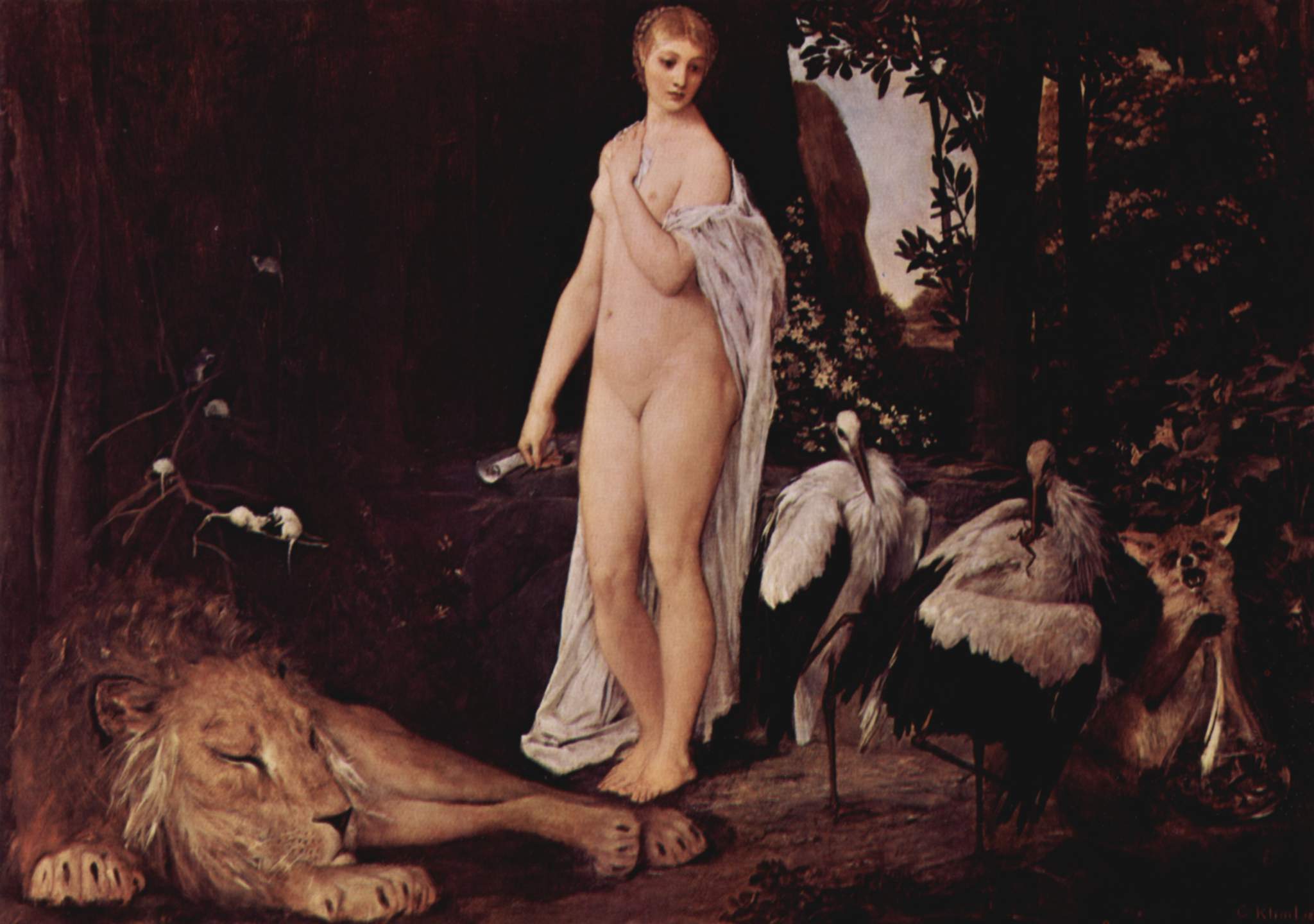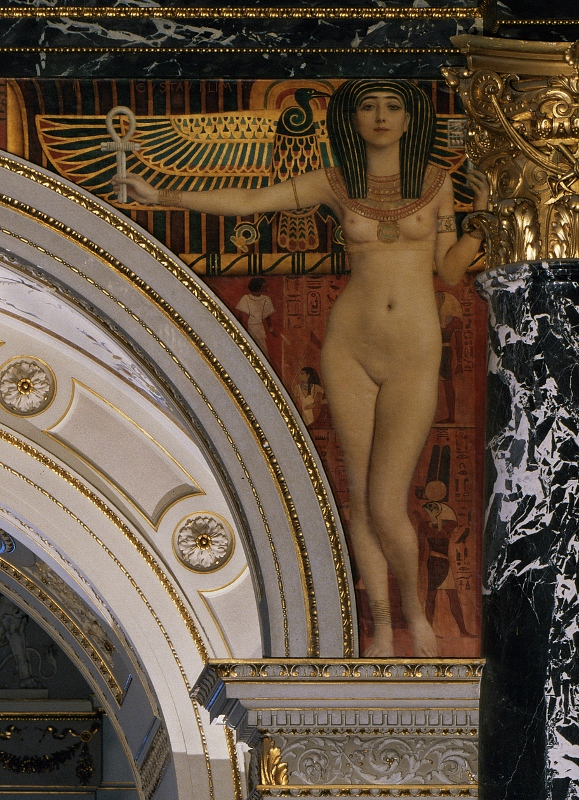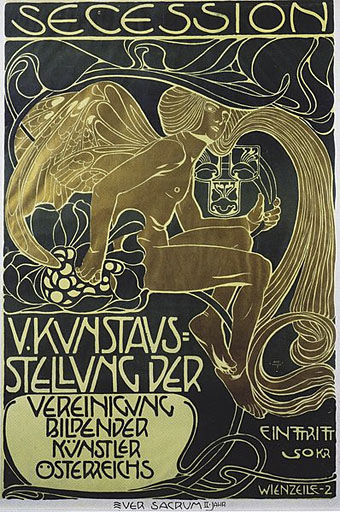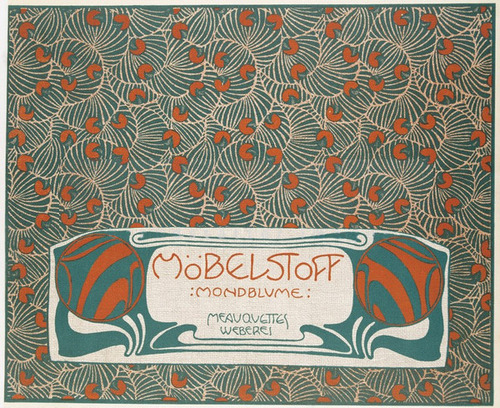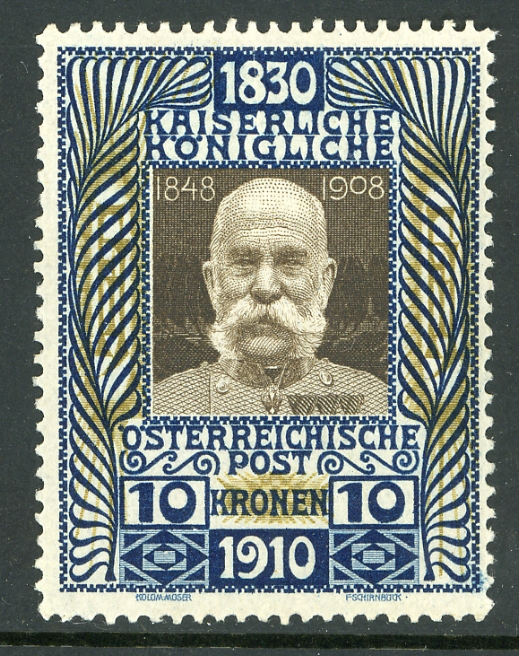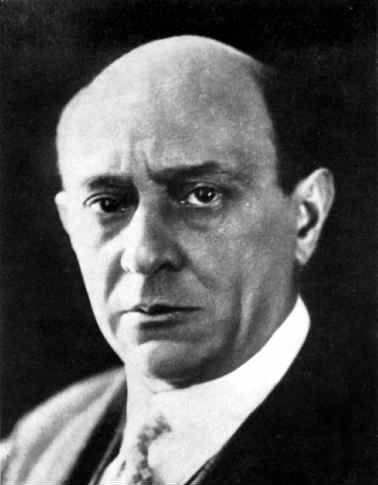COFFEE AND CULTURE
Though coffee houses, or cafés did not
originate in Vienna, perhaps these are the most famous, certainly in
Europe.
Foundations of a
tradition and brief overview
In 1683, the Turks suffered a final
defeat near Vienna. The Polish-Hapsburg army had defeated the Ottoman
Turks in a final battle, and as they were retreating, bags of some
kind of strange bean were found. Rather than burn this odd looking
“camel feed” the Polish king Jan II Sobieski granted them to one
of his officers, Jerzy Franciszek Kulczycki. The manner of brewing
this drink was discovered by Armenian businessman Johannes Diodato in
1685, and the rest, as they say, is history.
In relatively few years, these coffee
houses sprang up all over Vienna, and spread throughout the realm.
Only in the 1950’s did this intimate part of Viennese culture begin
to diminish because of the popularity of television, and in more
recent decades no doubt computer culture!
There came a resurgence in their
popularity after the 300 year anniversary celebration in 1983. The
Viennese began to recall the grace and elegance of sitting in the
coffee house and being at their leisure. Visitors to the city also
helped in this “coffee house renaissance” and they are once more
coming close to the popularity they once had.
In the 300-plus years of their
popularity, all kinds of events happened or were arranged at the
coffee houses, they could range from informal evenings of music,
readings, or simple quiet get-togethers, the famous Kaffee Klatch,
where friends and/or family could gather. According to a quote in one
of my sources, “The coffee houses are a place ‘where time and
space are consumed, but only the coffee is found on the bill.’ “
The Humble Beginnings
of a Tradition
Who would have thought that what were
at first mistaken for some strange camel fodder would end up being
the beginnings of this celebrated cultural heritage? Yet, as one read
above that is just exactly what happened. Roasting the beans, brewing
the drink and serving this “nectar of the gods,” as some of us
call it, became a whole experience.
By the time a half-century or so
passed, newspapers were available to patrons of the Kramerches
Kaffeehaus. A good idea caught on and expanded until international
papers, journals were at guests disposal.
A specific way of serving the cup of
coffee also developed. To begin with, one does not simply order a
“cup of java” in Vienna! One orders a specific kind of coffee
drink out of a list of, depending on which coffee house, dozens.
Examples include: Melange (frothed milk and steamed coffee);
Einspänner (strong black coffee served in a high glass with a dash
of whipped cream); Fiaker 1(coffee
with a shot of Austrian rum and whipped cream) are a small sample.
All of these are served on a silver tray with a glass of water (cf.
www.bbc.com/news/magazine-16538189)
and a relaxed atmosphere.
The Tradition Expands
In the early 19th century,
with the blockade of England by France, Viennese coffee house owners
needed to “up their game” as the price of coffee beans went up a
significant amount. Thus was born the “café restaurant.” This
expanded to include pastries of various kinds as well; the “café
confectioneries” came to life. From these last come internationally
famous pastries as the apple streudel (Apfelstrudel), the Linzer
torte, and others like the Millirahmstrudel and Punschkrapfen.
By the end of the 19th
century, the Viennese coffee house was a center of life for many
people from all walks of life, perhaps especially for politicians,
artists, and musicians. Though none of my sources mentions musicians
by name, we can take for granted that, like in Paris, composers and
performers alike gathered to share ideas and “fertilize the fields
of composing music.” Among those who are mentioned by name are
Gustav Klimt, Alfred Adler, Egon Schiele, Leon Trotsky. According to
the Wikipedia source, “Famous writer and poet Peter Altenberg even
had his mail delivered to his favorite café, the “Café Central.”
But
what does the Viennese coffeehouse exactly stand for apart from
perfectly brewed coffee?
Well, that is quite simple – it represents social life at its best. It is a place where all sorts of individuals meet to discuss their dreams, to reflect on their thoughts, to share their ideas, to compose masterpieces, to read or just to quietly sit and watch our colourful life happen. With one single cup of coffee, which traditionally comes served on a silver tray with a glass of water, one is entitled to linger in the coffeehouse for hours and hours, even without ordering anything else, making you feel at home. It is here, in this amazing institution full of history, emotions and life, where poetry comes to life.
Well, that is quite simple – it represents social life at its best. It is a place where all sorts of individuals meet to discuss their dreams, to reflect on their thoughts, to share their ideas, to compose masterpieces, to read or just to quietly sit and watch our colourful life happen. With one single cup of coffee, which traditionally comes served on a silver tray with a glass of water, one is entitled to linger in the coffeehouse for hours and hours, even without ordering anything else, making you feel at home. It is here, in this amazing institution full of history, emotions and life, where poetry comes to life.
The
Viennese coffeehouse is like my second living room – it is
here that I win my everyday inspiration.
Anonymous
Depending on which coffee house one
visits determines the kinds of activities one is wont to find there:
readings of poetry or prose; evenings of music; games, including pool
or billiards and cards; or simply sitting and enjoying life as it
passes by.
In fact, so important to Viennese life
are the coffee houses that in 2011 UNESCO declared the Vienna Coffee
House part of the “Intangible Cultural Heritage” of Austria.
According to a poll taken in 2012,
there were 900 traditional coffee houses, 800 café restaurants, 680
espresso bars and 120 café confectioneries.
(Sources: Wikipedia; Intangible
Cultural History in Austria: Viennese Coffee House Culture;
www.tourmycountry.com/austria/coffee.htm;
www.bbc.com/news/magazine-16538189;
theculturetrip.com/Europe/Austria/articles/the-captivating-character-of-viennese-coffee-culture).
1
Though supposedly named for a horse and carriage, this is a
reference to the patron saint of cab drivers, St. Fiacre. He is also
the patron saint of gardeners and hemorrhoid sufferers!

